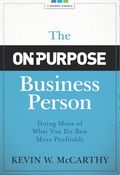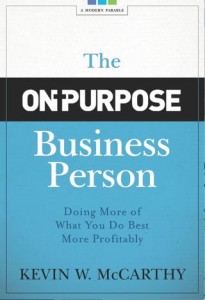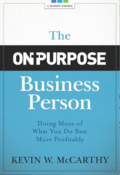The self-awareness and inner strength of the leader get transmitted throughout the team, division, or business.
It is hard to see ourselves for how we really are.
- Some of us are hard on ourselves.
- Others of us overestimate the strength of our leadership.
There’s one defining benchmark that will clarify how solid your leadership is.
I address it in this On-Purpose Business Minute.
Have you ever been led by a solid core leader? Count your blessings!




